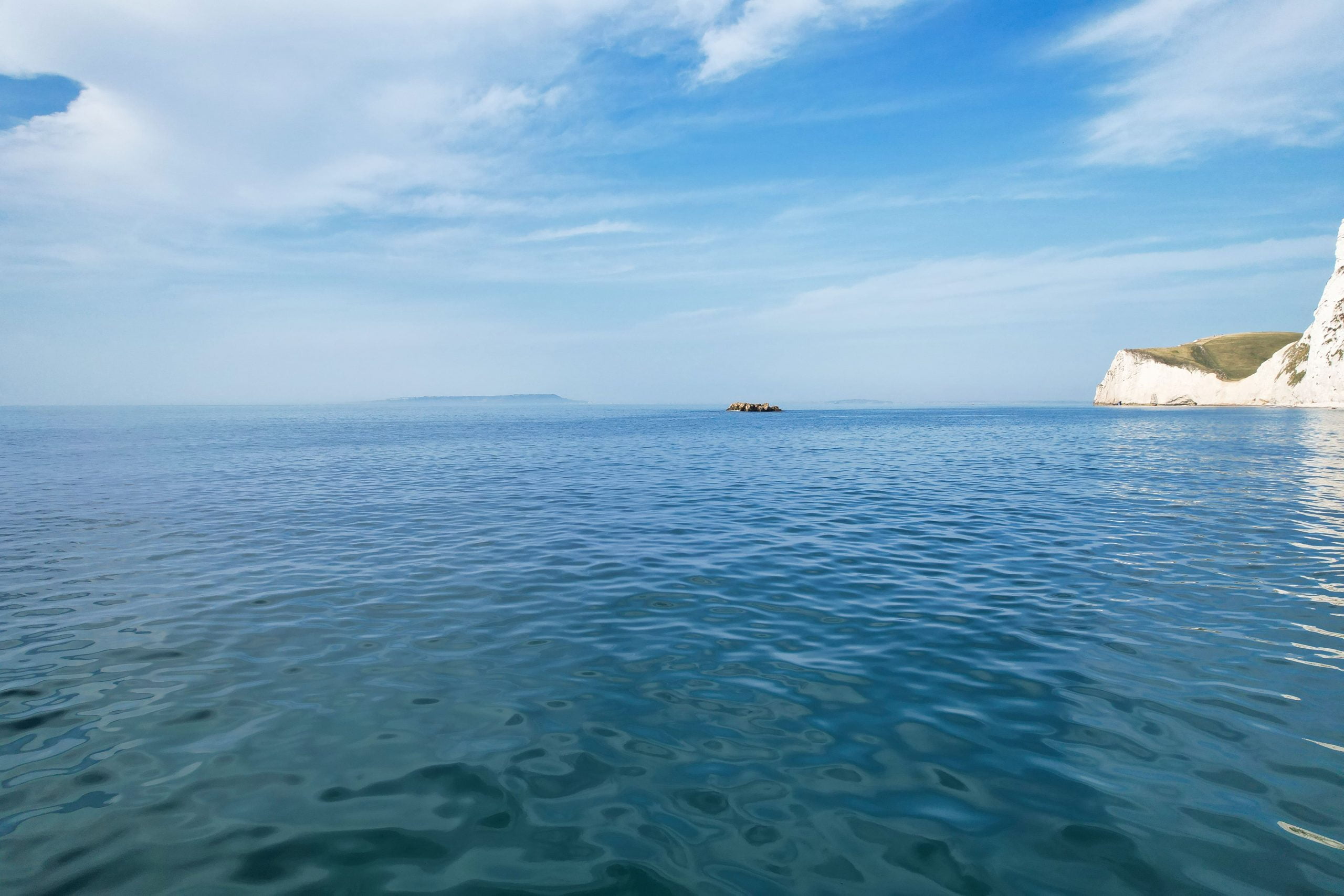AtoN systems for navigating the UK’s coastal waters
With its extensive and varied coastline, the UK presents a unique set of challenges for maritime navigation.
Coastal aids to navigation (AtoN) encompass a variety of tools and technologies designed to guide mariners safely through coastal waters, including lighthouses, buoys and radar systems. These AtoN are crucial for mitigating the risks associated with navigating the UK’s busy and often treacherous seas.
Here, we take a look at some of the key challenges facing UK maritime navigation and the systems used to ensure safe passage for vessels, prevent maritime accidents and protect the environment around these coastal waters.
Key UK maritime navigation challenges
Navigating the UK’s coastal waters comes with several significant challenges. Firstly, the weather conditions around the UK are notoriously unpredictable and can change rapidly, leading to poor visibility and rough seas. Storms, fog and strong tidal currents are common, posing threats to even the most experienced mariners.
Secondly, the UK’s coastline is dotted with numerous hazards, such as sandbanks, reefs and rocky outcrops. The dynamic nature of these hazards, influenced by tides and currents, can make navigation particularly tricky. Additionally, the UK’s waters are amongst the busiest in the world — with high traffic from commercial shipping, fishing vessels and recreational boats increasing the risk of collisions and accidents.
Finally, the UK’s coastal geography, featuring narrow straits and estuaries, further complicates navigation. Areas like the English Channel, which is one of the most congested sea lanes globally, require precise and reliable coastal aids to navigation, such as lighthouses and buoys, to ensure safety.
Notable coastal aids to navigation in the UK
To address these challenges, the UK employs a range of sophisticated AtoN systems. Amongst the most iconic of these are the country’s lighthouses.
The UK has a rich heritage of lighthouses, with notable examples including the Eddystone Lighthouse (which has been guiding mariners off the coast of Cornwall since the 17th century) and the Bell Rock Lighthouse in Scotland, the world’s oldest surviving sea-washed lighthouse. These structures not only serve as historical landmarks but also as navigational aids, playing a critical role in ensuring maritime safety.
In addition to lighthouses, the UK utilises a comprehensive system of coastal radar stations. These stations provide real-time data on vessel movements and weather conditions, significantly enhancing situational awareness for both mariners and coastal authorities. The Dover Strait, one of the world’s busiest maritime passages, is monitored by an extensive radar network that helps manage vessel traffic and prevent accidents.
Local navigation authorities also play a vital role in maintaining and managing aids to navigation. These include organisations such as Trinity House, the Northern Lighthouse Board and the Commissioners of Irish Lights, which oversee the deployment and maintenance of coastal navigation aids across the UK. Their efforts ensure navigation systems are up to date and effective, catering to the specific needs of different coastal regions.
From lighthouses to buoys…
Buoys are another essential component of the UK’s AtoN systems. They mark hazards, channels and safe water areas, providing critical information to mariners. Modern navigation buoys are often equipped with lights and radar reflectors or automatic identification system (AIS) transponders, enhancing their visibility and the accuracy of the information they provide.
The UK’s coastal waters, with their unique and often challenging conditions, necessitate a robust and comprehensive array of aids to navigation systems. From the historic lighthouses that have stood for centuries to the modern radar stations and buoys, these systems work in unison to ensure maritime safety.
By investing in reliable coastal aids to navigation — such as lighthouses and buoys — lighthouse authorities, ports and harbours across the UK can significantly reduce the risks associated with coastal navigation.
For those looking to enhance their marine safety infrastructure, Hydrosphere offers a range of high-quality aids to navigation solutions to ensure safe and efficient navigation in the UK’s coastal waters.
Firmly established as the UK and Ireland’s preferred supplier of coastal aids to navigation for the benefit of industry authorities and all mariners, our partners are world-leading innovators in producing navigation lights and buoys, data buoys and other marine AtoN. We are the official UK partner of Sabik Marine, and we also partner with Mobilis to distribute and offer a full range of products.
For more information about our products and services or to discuss your next coastal aids to navigation project, contact us today at +44 (0)1420 520374 or sales@hydrosphere.co.uk.








